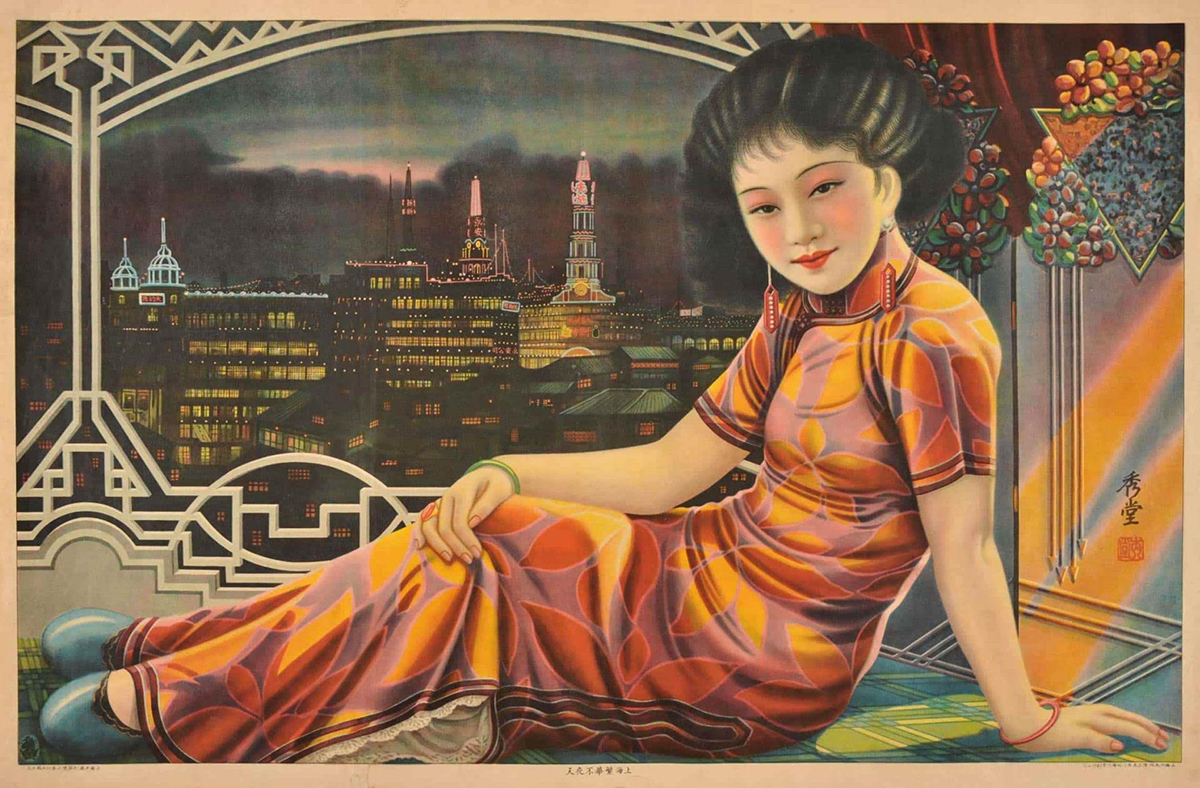Upper-Level Seminar: Shanggai Modern: Studies in Vision + Visuality

This course will trace the formation of modes of visual modernity in Shanghai from the final decades of the Qing dynasty (1644-1911) through the Republican era (1912-1949). Our exploration will focus on visualities produced in architectural and public spaces such as museums, gardens, and the theater, as well as on cultural and imaginary spaces of representation such as printed books, cigarette posters, paper currency, and handscrolls. We will consider structural conditions for the emergence of distinctly Chinese modes of modern visuality, including perceptions and discourses of change and newness, the prominence of an urban public visuality of reflexive sociability and spectacle, and the role of the state in promoting certain modern modes of seeing. We will take into account the development and understanding of new technologies of vision such as lithography, photography, and film. Readings will be a blend of topical and theoretical texts. There is no expectation of knowledge about China.
HISTART Concentration Distributions: Modern and Contemporary, Asia (includes China, Japan, India, South and Southeast Asia, and the Pacific)